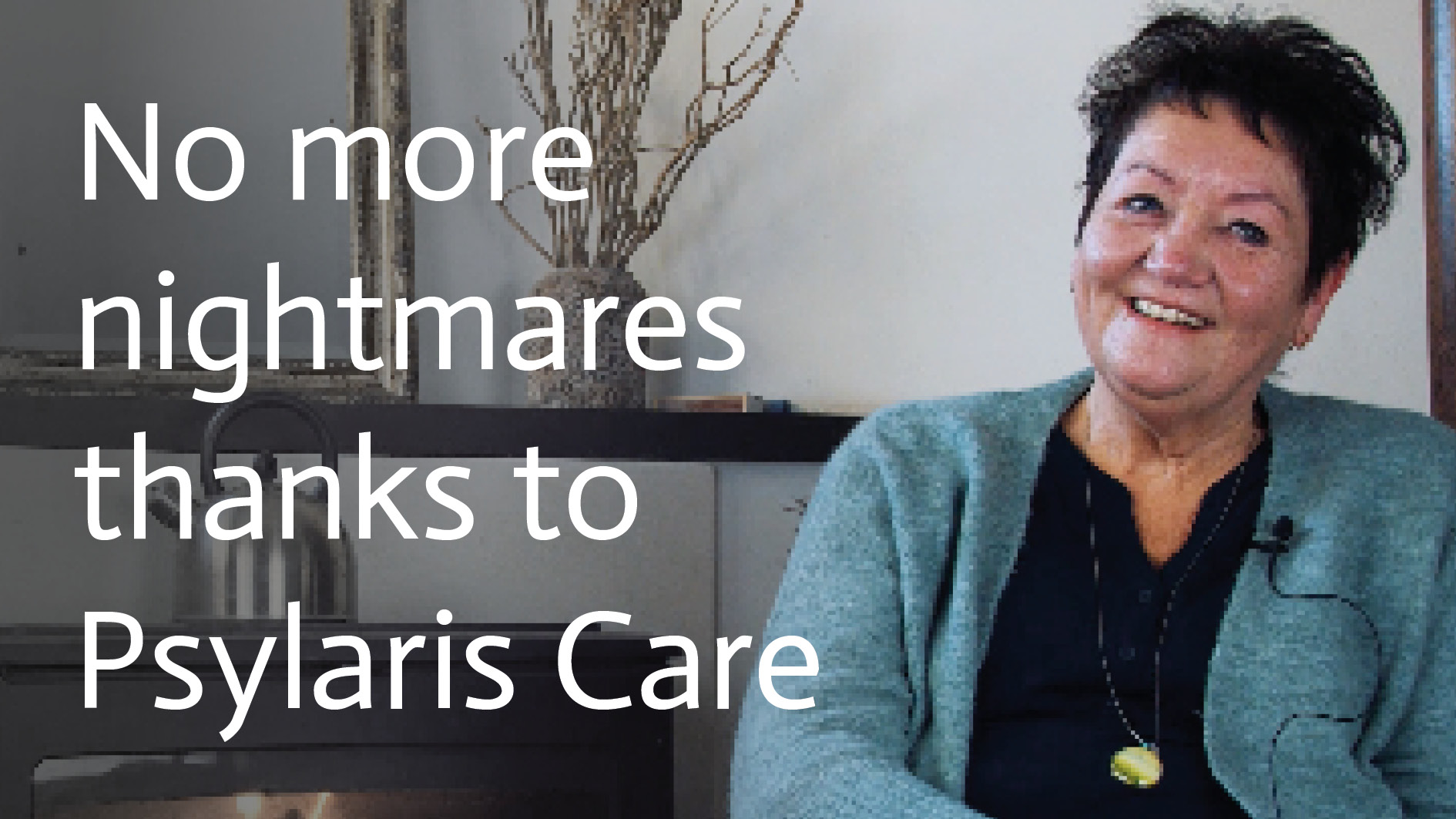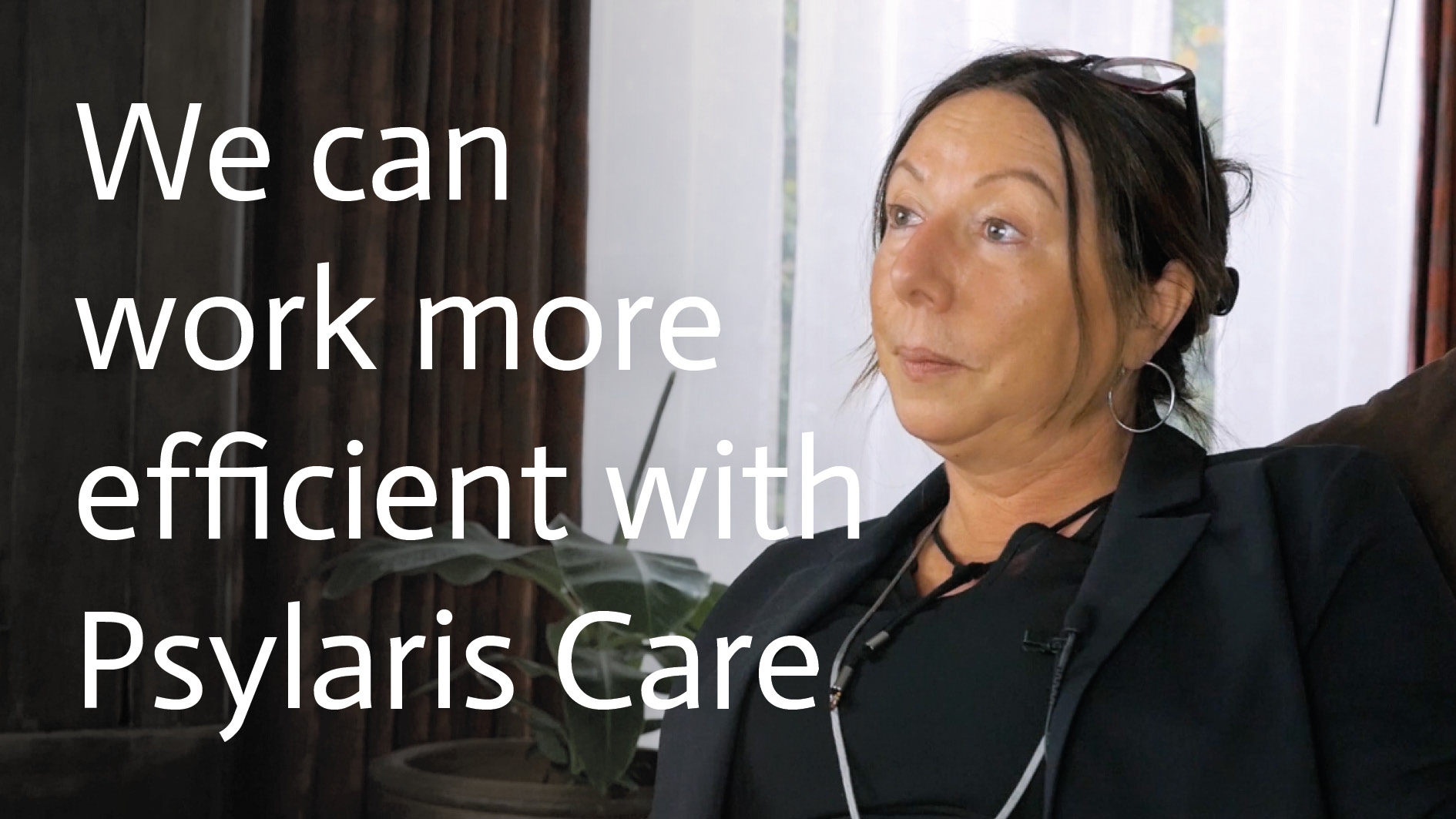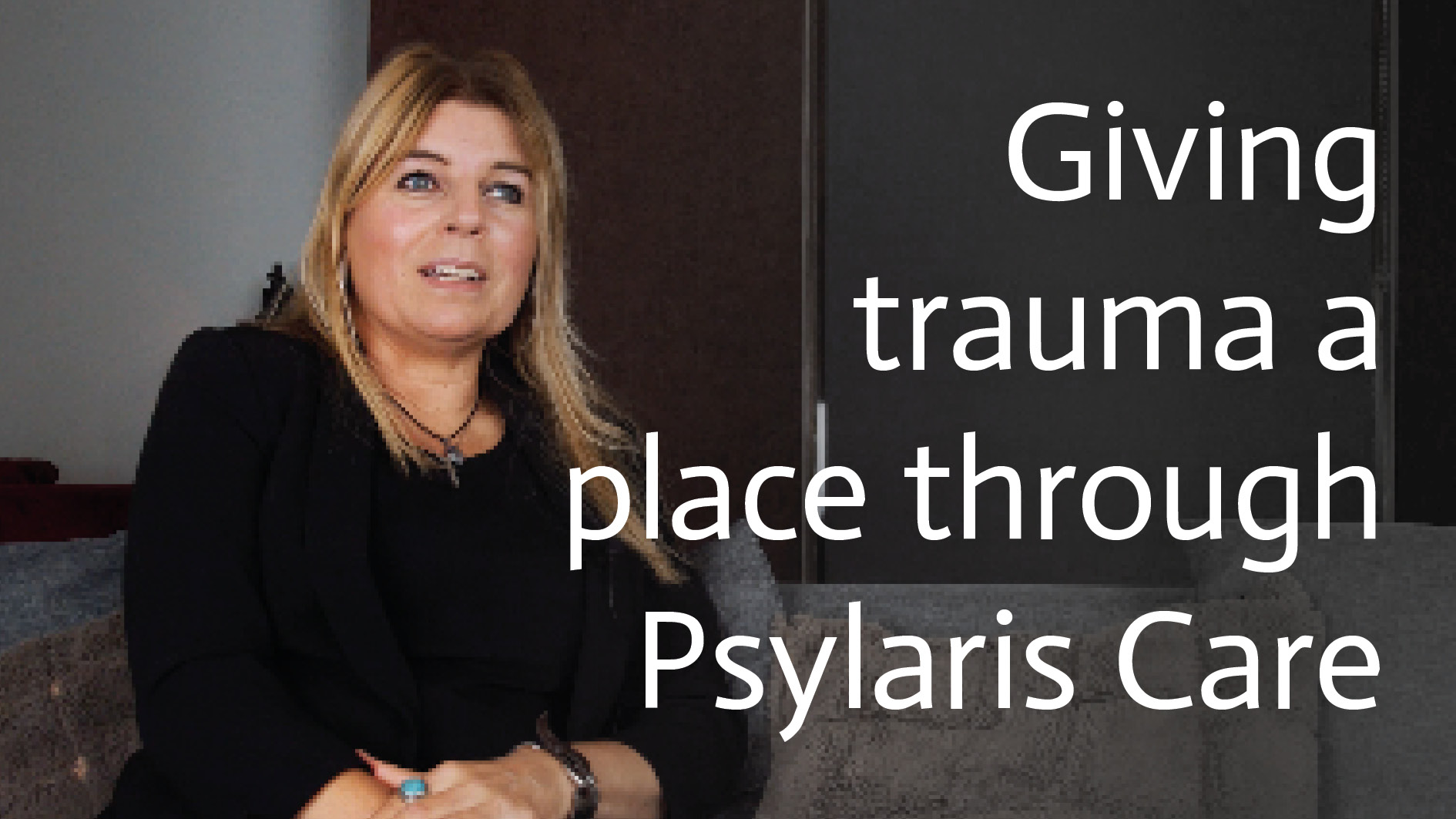Waiting times in the GGZ have been a major problem for years. The Tree norms drawn up in 1999 by Zorgverzekeraars Nederland, which set out the maximum acceptable waiting times per type of care, are structurally greatly exceeded. The intention was that these standards would make themselves superfluous within three years, i.e. in 2002.
It is now the beginning of 2019 and the subject is still on the table. We are now waiting for the latest GGZ report from the Dutch Healthcare Authority (NZa) to be published soon. In this report, the NZa will once again look at the national bottlenecks and opportunities. What agreements are needed and between whom? What can health insurers and health care institutions do? What role should municipalities play? And what budgets are involved?
This latest report follows an earlier comprehensive study from 2018, which showed that little progress had been made since 2017. In May of that year, various parties - including the Ministry of Health, Welfare and Sport - had agreed to bring waiting times within the Treeknomen range within a year. That this was not achieved is obvious.
Although the noises became slightly more positive at the end of 2018, State Secretary Paul Blokhuis still did not dare to mention a deadline in the chamber. Then I'll put my head in a noose,' he commented.
The consequences for the GGZ
Exceeding the Tree Norms is worrying in general, but especially so for the GGZ. In the months that patients sometimes have to wait, a burn-out can develop into a severe depression or a trauma can take over so drastically that treatment suddenly becomes a very different and far-reaching story. Apart from the suffering for the patient, this is also problematic for healthcare institutions and insurers. They are forced to offer heavier and longer treatments. Much heavier and longer than would have been the case if intervention had been timely, with all the burden and costs that this entails.
So while we await the latest report from the NZa, the question arises: how long is this going to take? And: does the solution ultimately lie with these national agreements or is something else needed for a definitive breakthrough in this impasse?
Website as a weapon against waiting times
A first cautious breakthrough is indeed the result of this national consultation between various stakeholders, including initiator MIND: kiezenindeggz.nl. The site was launched at the beginning of November last year. The site gives adult care seekers, possibly in consultation with their GP, more control in their search for suitable help. Providers are presented on the basis of various quality characteristics, allowing for easy and quick comparison. In addition, the website offers tools for the help-seeker in the area of self-help and refers to the right organisations in case of need. The website has only been up and running for a short time, so little is known yet about the effectiveness of this new platform, but it is a good step.
Real innovation
However, we believe that the real solution to this problem lies elsewhere.
One of the main drivers behind our EMDR solution in Virtual Reality (VR) is this waiting time crisis. We know the stories and have also seen with our own eyes in our immediate surroundings what long waiting times in the mental healthcare sector do to patients. Sometimes even several months are involved before treatment starts. And then there is often not much more possible than one conversation a week. We felt it could be done differently and decided to develop our solution.
As far as we are concerned, technology - so-called e-health - is therefore the greatest opportunity; for all parties. Institutions can treat more intensively, they can spend their time and money more efficiently, and patients can follow a treatment exactly tailored to their needs - sometimes even at home.
The experiences shared with us by patients and practitioners are groundbreaking. We will publish some of these stories here soon. And because our EMDR in VR is so popular, we are currently also developing exposure therapy in VR. As far as we are concerned, we have only just begun.
Are you ready for a solution to the long waiting times and are you curious as to what we can do for your practice or institution? We would be happy to talk further with you. Send us a message via mike@psylaris.com








